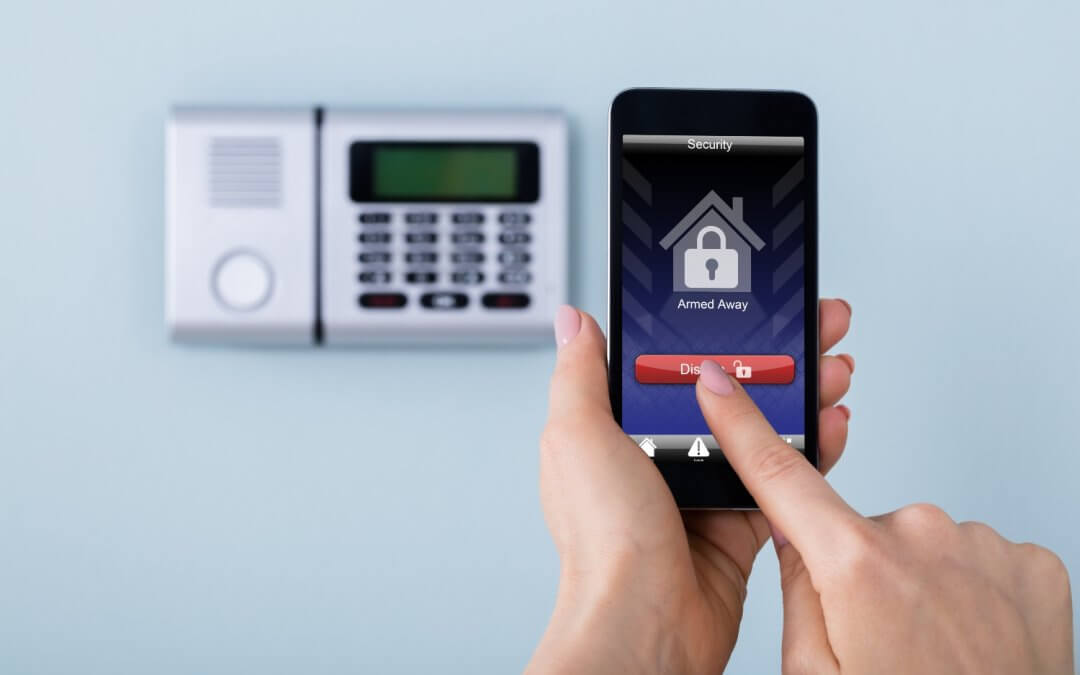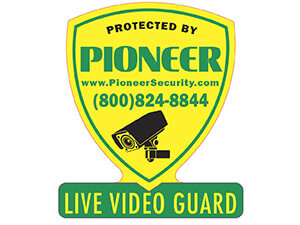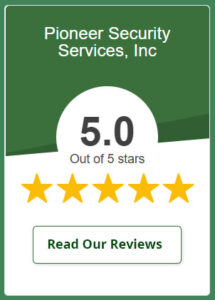In fact, research on cybersecurity response has found that advanced digital tools can deliver up to a 30% reduction in mean time to respond (MTTR) to security incidents, underlining how critical remote oversight can be in strengthening traditional security measures.
In this blog, you will see how remote oversight fills the gaps of traditional security, reduces delays in response, improves accountability, and keeps visibility clear. You will also learn how web and mobile access make security smarter, faster, and more reliable for both businesses and homeowners.
Why Oversight Matters in Security Management
Without proper oversight, security weakens, and threats often go unnoticed until they escalate. Theft, vandalism, or unauthorized access may slip through blind spots. Human error increases, and delayed awareness means responses come too late, leading to heavier losses and unreliable records.
Implementing structured security management leads to tangible benefits. A study from Sungkyunkwan University shows that organizations investing in information security experience improved corporate performance. This underscores how proactive security measures not only protect assets but also enhance operational efficiency and business outcomes.
What Are the Limits of Traditional Security Oversight?
Traditional security methods, like relying only on on-site guards, manual patrols, and fixed CCTV systems, provide basic protection but have limitations. According to a study by the National Institute of Standards and Technology (NIST), outdated security models often fail to detect modern threats effectively. Without real-time insights and adaptive monitoring, organizations risk coverage gaps, delayed responses, and vulnerable assets.
Here are the common challenges faced by different businesses due to old security techniques:
Dependence on On-Site Monitoring
Traditional security systems rely on personnel being physically present to detect and respond to potential threats. This reliance can create blind spots when staff are unavailable, overworked, or distracted. As a result, facilities may become vulnerable during off-hours or busy periods.
Delayed Response to Security Threats
Without remote access control, alerts and incident notifications often reach decision-makers too late. As a result, a security breach or unusual activity may go unnoticed until it has already caused damage or disruption, increasing risks to assets, personnel, and sensitive information.
High Operational Costs
Maintaining a fully staffed on-site security team along with traditional monitoring systems can be costly. For businesses with multiple locations, justifying the expense of additional personnel can be challenging. Often, these costs do not lead to proportional improvements in oversight.
What is Remote Access in Security Systems?
Remote access in security systems lets users monitor and control devices such as cameras, alarms, locks, and access points through web and mobile applications. It provides flexibility and peace of mind, allowing users to manage security from anywhere at any time. By giving instant visibility into alerts, live feeds, and system status, remote access helps users respond quickly to incidents, maintain control over their property, and ensure continuous protection even when off-site.
Here is how remote access works with common security devices and its practical uses in everyday life.
Working with CCTV, Alarms, and Access Control
Remote access connects to your security devices through the internet, letting you:
- View live CCTV feeds from your smartphone or computer
- Arm or disarm alarms remotely to keep your property secure
- Control doors and access points from a distance
These functions make it easier to manage security and respond quickly, even when you are not on site.
Who Can Take Advantage of Remote Security Systems
Remote security systems serve a wide range of users by making monitoring and control more convenient.
For homeowners, this helps to check security cameras, receive alerts about unusual activity, and control locks from their smartphones. This provides peace of mind, especially when they are away from home. The property managers can oversee multiple properties remotely, control who enters and exits, and monitor all security systems from a single platform. Moreover, business owners can monitor their premises in real-time, receive instant notifications about security issues, and remotely manage access controls to keep their business safe.
How Remote Access Improves Security Oversight and Monitoring
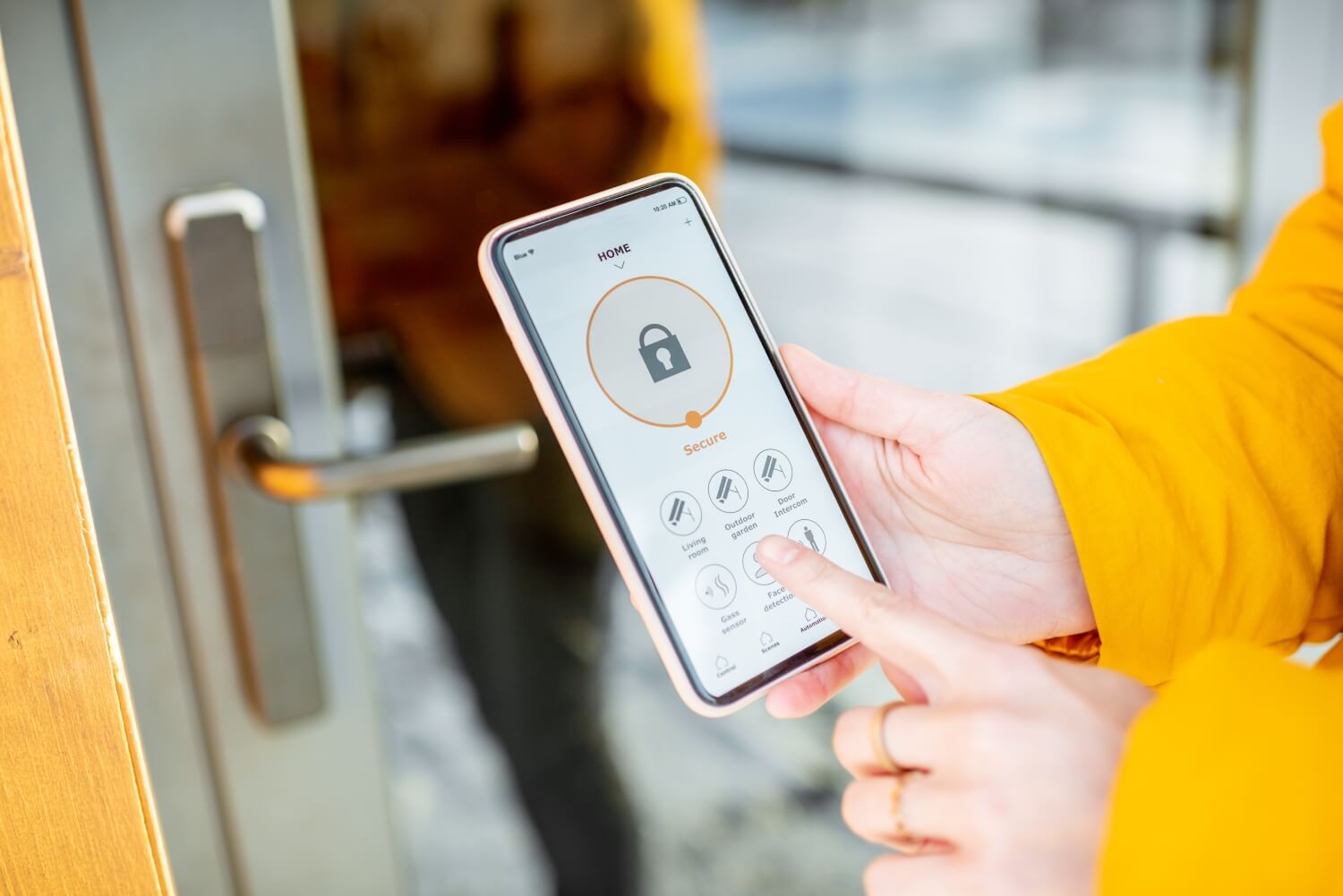
Remote access has transformed how organizations manage security, making oversight faster, smarter, and more reliable. Managers and security teams can monitor cameras, alarms, and access points via web and mobile platforms, even from off-site.
Here are some aspects of remote security access that lead to stronger protection for people, property, and valuable assets.
24/7 Accessibility from Anywhere
Remote access makes it possible for managers and security teams to log in from any location at any time. This constant availability ensures that activities are monitored without interruption, reducing the chance of missed incidents. With round-the-clock oversight, businesses can respond more effectively to risks and maintain continuous safety standards.
Real-Time Alerts and Incident Response
Speedy response is critical: data from global cyber-risk research notes that cyber incidents already cost the world economy nearly USD 945 billion in 2020, highlighting how costly delays can be.
Modern remote platforms send instant notifications whenever something unusual is detected. These real-time alerts allow security teams to respond quickly before a small issue turns into a serious problem.
Centralized Monitoring for Multiple Locations
Businesses that manage multiple sites often face challenges with disconnected or fragmented security systems. Remote access solves this problem by offering a centralized dashboard where managers can monitor every property in one place. This unified control makes it easier to maintain consistent standards, improve coordination, and keep every location properly protected.
Reduced Dependence on On-Site Personnel
Maintaining full-time security staff at every site can be expensive and inefficient. Remote monitoring reduces the need for constant on-site presence, allowing teams to focus resources where they matter most. While on-site personnel remain valuable, remote tools make oversight smarter and more cost-effective while still maintaining strong safety and reliability.
Why Mobile and Web Access Matter for Businesses Today
In today’s fast-paced, digitally connected world, businesses need to stay flexible to keep operations running smoothly. Mobile and web access let decision-makers monitor risks, stay informed, and guide their teams from anywhere. According to a report by Statista, remote management tools are adopted to maintain operational efficiency. This approach ensures work continues seamlessly without interruptions or delays.
Here are the key reasons why mobile and web access have become essential for modern businesses.
Instant Visibility Across All Locations
Mobile and web platforms let business leaders check live system status, review security logs, and monitor activities instantly. They do not need to travel between sites, which saves time and resources. With this immediate access, businesses can spot potential risks early and handle them efficiently.
Support for Flexible Work Models
As remote and hybrid work becomes more common, mobile and web access keeps teams fully connected. Security staff, managers, and employees receive updates and alerts directly on their devices, wherever they are. This constant connectivity supports accountability and makes coordination across different work setups much easier.
Improved Decision-Making Speed
Delays in decision-making can increase risks and disrupt operations. Remote access centralizes all information, instantly giving managers and business owners reliable data. This immediate access helps them act quickly and implement solutions without waiting for on-site reports. Faster decisions improve operational continuity and strengthen overall security.
How Remote Access Enhances Oversight Across Multiple Locations
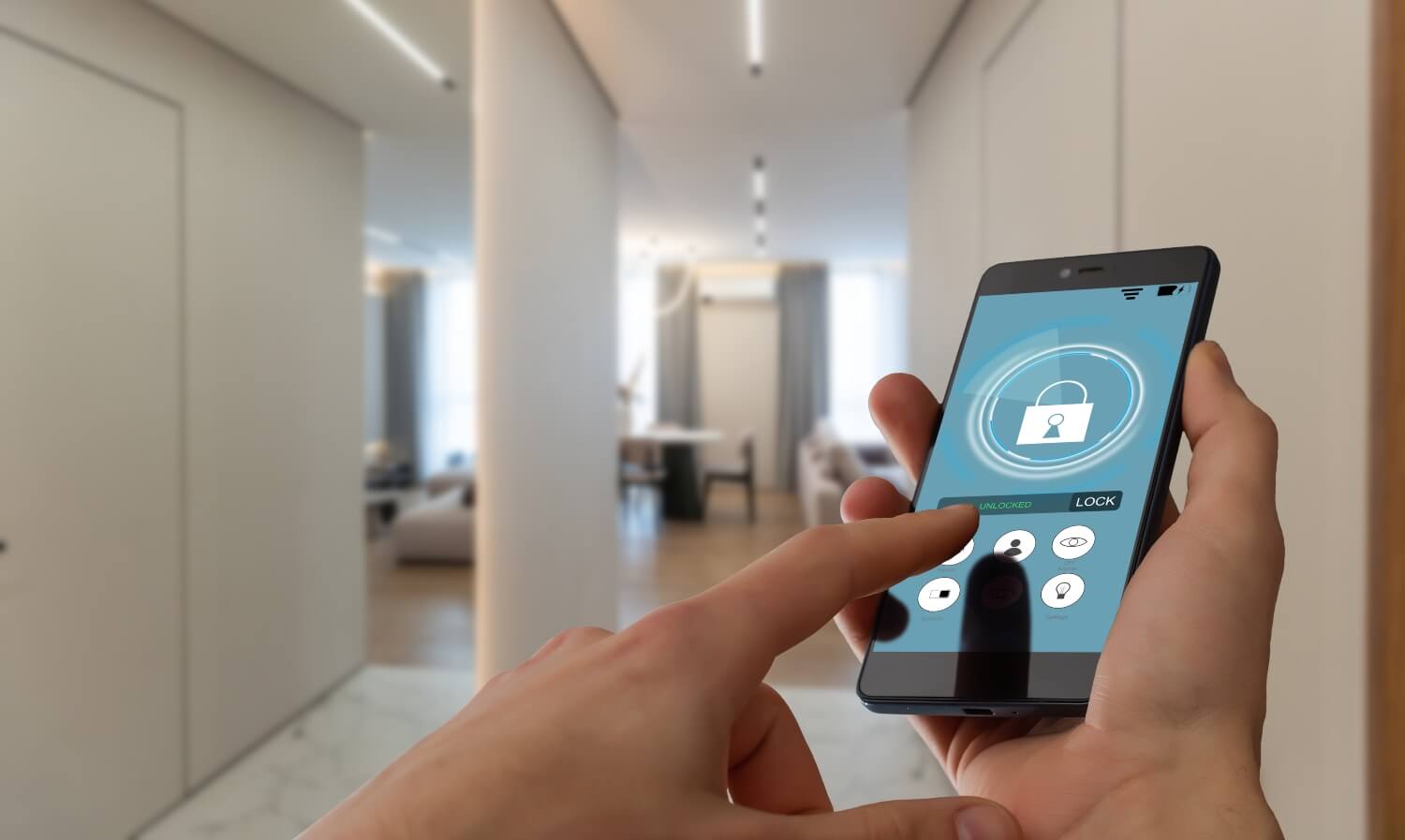
Managing security across multiple sites can be challenging, especially when relying solely on traditional on-site monitoring. Remote access through web and mobile platforms allows businesses to stay in control from anywhere. This technology simplifies supervision, ensures consistent practices, enables faster responses, and strengthens protection at every location.
Here’s how remote access helps maintain consistent standards and makes managing multiple sites easier.
Consistent Monitoring Standards
Remote access helps ensure that all locations follow the same security protocols and monitoring practices. Live video feeds, scheduled checks, and automated alerts can be standardized across sites, reducing human error and keeping safety measures uniform. This consistency allows managers to maintain high security levels across every facility.
Simplified Multi-Site Management
Security teams can oversee multiple locations from a single dashboard, removing the need to be physically present at each site. Centralized management streamlines monitoring, speeds up response times, and allows managers to quickly handle incidents, improving overall efficiency and operational control.
By using remote access solutions, businesses gain reliable and scalable oversight across all their sites. This approach keeps every location secure and helps maintain consistent security practices.
Future of Oversight with Remote Access
The future of security oversight is moving toward smarter, technology-driven solutions. Remote access combined with advanced tools is reshaping how businesses monitor and protect their operations. Innovations in artificial intelligence, analytics, and connected devices are making oversight more proactive, efficient, and reliable, setting new standards for security management.
These are the advancements shaping the future of remote security oversight.
Role of AI and Smart Analytics
Artificial intelligence and smart analytics are transforming remote security. AI can detect unusual patterns, predict potential threats, and prioritize alerts for immediate attention. Smart analytics help decision makers understand trends and make informed choices, reducing response times and minimizing human error while enhancing overall security effectiveness.
In fact, the global security analytics market is projected to grow at a CAGR of 24.6% from 2024 to 2030, reflecting how rapidly organizations are investing in data-driven security tools.
Integration with IoT and Smart Devices
IoT and smart devices create a connected ecosystem for security management. Cameras, sensors, and alarms can communicate in real time, providing instant insights and allowing remote adjustments. Integration with IoT devices enables centralized control, faster responses, and a more comprehensive view of security across multiple locations.
Remote Oversight Becoming the New Standard
As businesses recognize the advantages of remote access, it is quickly becoming the standard for modern security. Organizations of all sizes are adopting these tools to maintain continuous monitoring, improve efficiency, and protect assets from anywhere. Remote oversight is shaping the future of security operations worldwide.
Secure Your Future with Remote Access Solutions
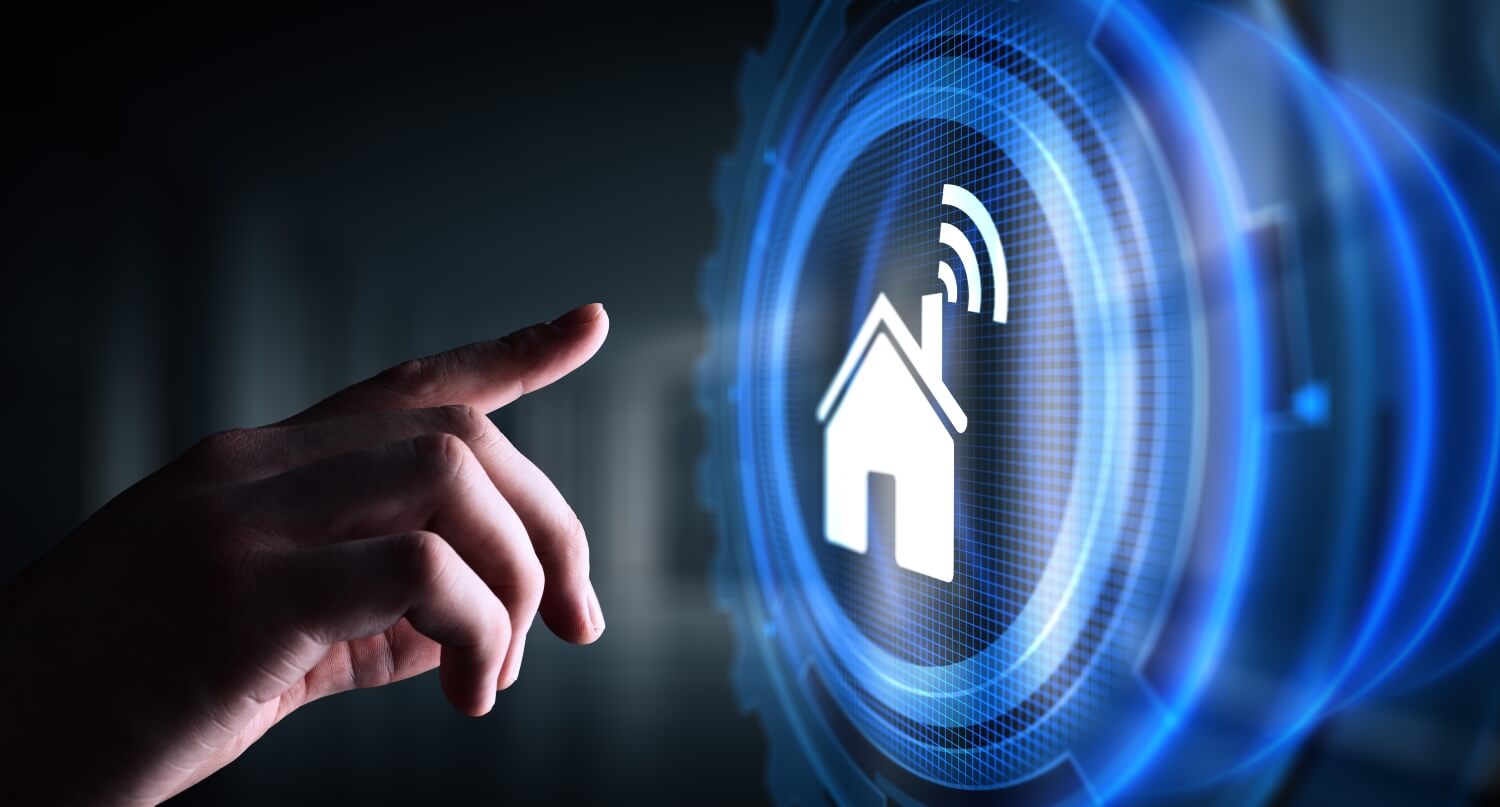
Remote access has reshaped the way security is managed. It offers faster responses, centralized monitoring, and flexibility for both businesses and homeowners. By moving beyond the limits of traditional systems, organizations can ensure stronger protection, better efficiency, and reliable oversight across all locations. With technology evolving, remote oversight is now the smarter and more effective standard for security management.
Want to upgrade your security with reliable remote access solutions? Pioneer Security offers advanced systems tailored to your needs, whether you manage a single property or multiple sites. Take control of your security today with Pioneer Security and ensure your business stays safe, efficient, and fully protected.
Frequently Asked Questions
Can remote access systems be customized for different industries?
Yes, remote access solutions can be tailored to meet the unique security and operational needs of different industries, including live remote guards, video surveillance, and access control systems.
How do remote access solutions handle network outages or connectivity issues?
Many systems store data locally during outages and automatically sync when connectivity is restored, ensuring continuous monitoring. Such as, Pioneer Security’s systems are equipped with backup power supplies and offline capabilities to ensure continuous operation during power or network outages.
Can remote access systems track and audit employee activity across sites?
Yes, many modern platforms include secure access logs that record user actions. These audit trails help monitor activity, maintain accountability, and support compliance across different locations.
Can remote access systems work without a constant internet connection?
Some platforms provide limited offline features, such as storing access logs locally or peer-to-peer device communication. However, full functionality usually requires an active internet connection.
Are remote access security systems safe from hacking?
Yes, many systems use encryption, multi-factor authentication, and secure access logs to protect against threats. Regular updates and strong user practices further reduce risks and help keep remote access safe.

